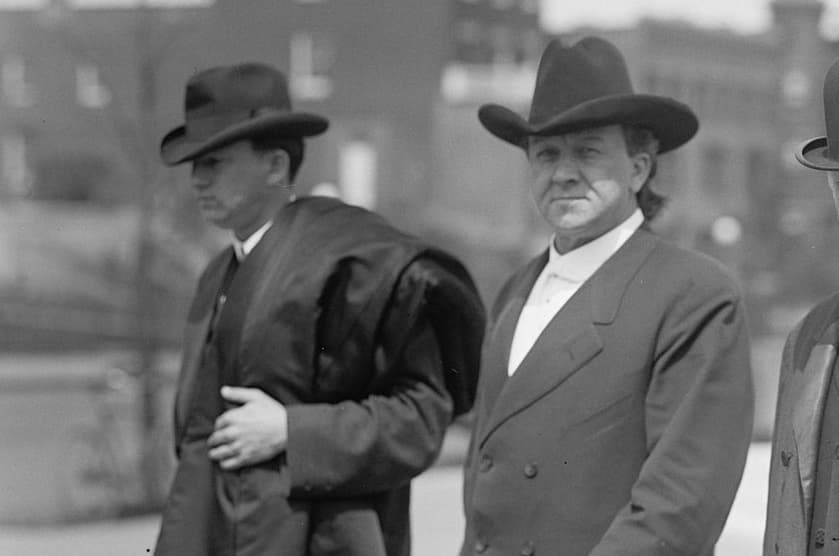The Federal Reserve: A Prophet Arises From Louisiana
Freed from its responsibility to maintain the dollar’s fixed value in specie, the central bank has veered far from its legislated purpose.

With the world beguiled by the predicament of the Federal Reserve — whether to raise interest rates to fight inflation or lower them to ease the banking crisis — this is a moment to reprise why Congress created the central bank in the first place. Monetary sage Edwin Vieira, Jr., reminds us that the Fed was formed at the acme of the Progressive Era to rationalize finance and prevent banking crises. Just like the one we have today.
Please check your email.
A verification code has been sent to
Didn't get a code? Click to resend.
To continue reading, please select:
Enter your email to read for FREE
Get 1 FREE article
Join the Sun for a PENNY A DAY
$0.01/day for 60 days
Cancel anytime
100% ad free experience
Unlimited article and commenting access
Full annual dues ($120) billed after 60 days

